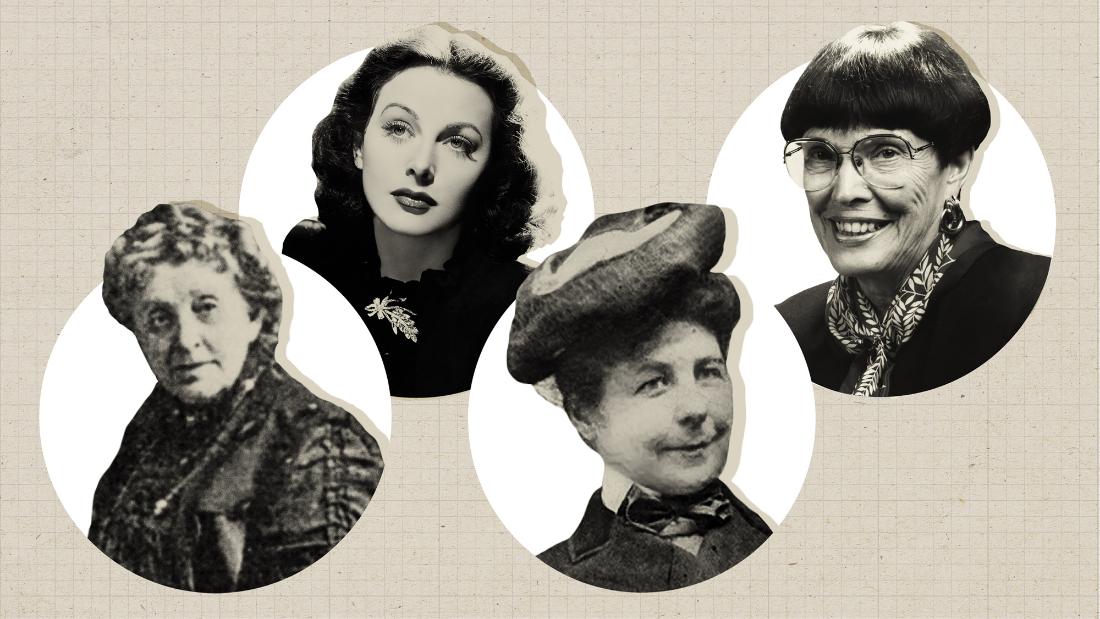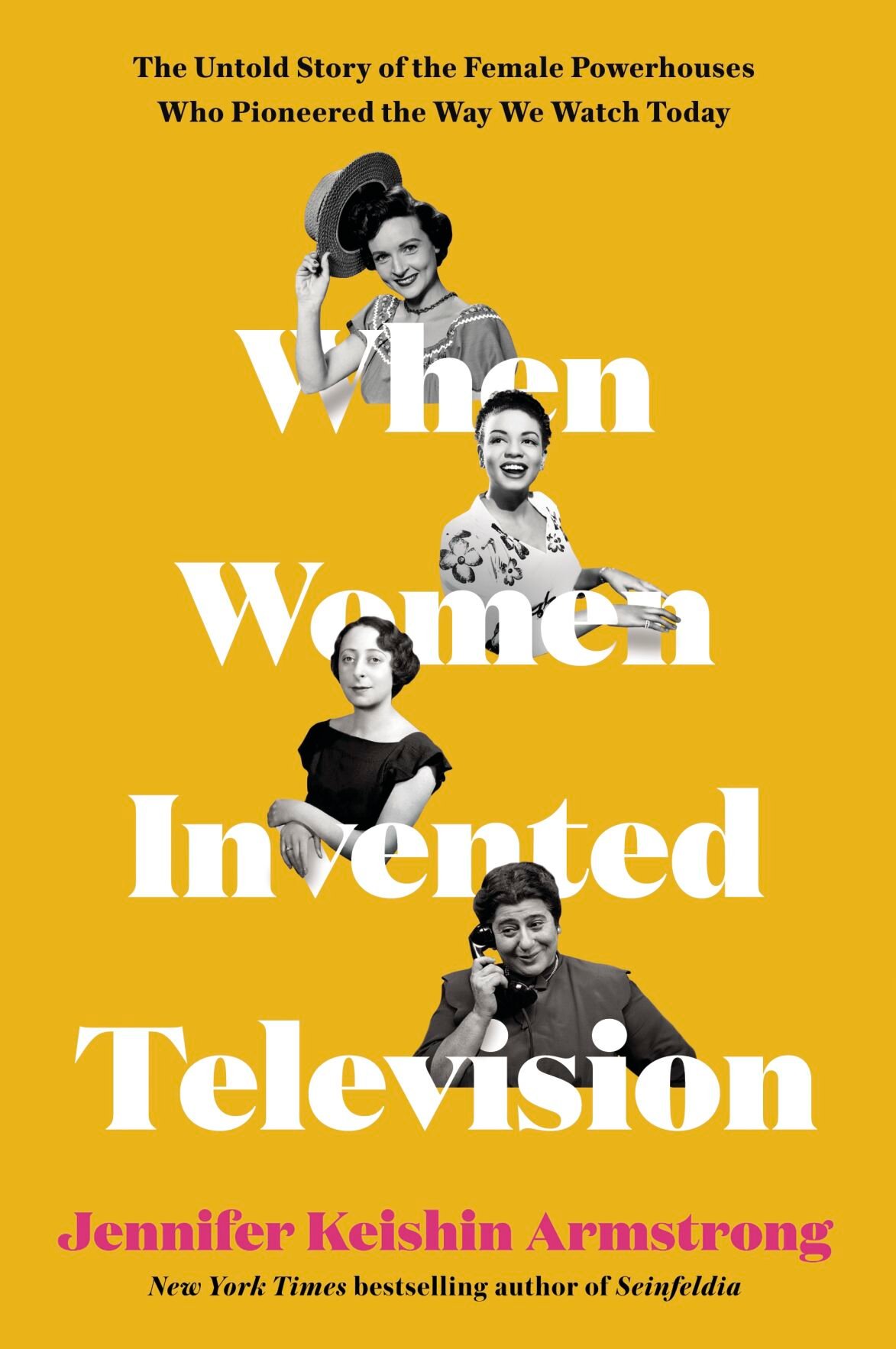

“The women would have to fight for their basic career survival, and to defend any life choices that deviated from the nuclear family norm: remaining single and child-free, like Betty White…or raising children without a father, like Irna Phillips.” Though Armstrong repeats some pieces of information over the course of the narrative, her history is fresh and welcome.Įngaging and well-documented recognition of four women’s significant impact on the emerging TV medium.Ī former New York City dancer reflects on her zesty heyday in the 1970s.ĭiscovered on a Manhattan street in 2020 and introduced on Stanton’s Humans of New York Instagram page, Johnson, then 76, shares her dynamic history as a “fiercely independent” Black burlesque dancer who used the stage name Tanqueray and became a celebrated fixture in midtown adult theaters. “The white men of the Eisenhower era would take over and erase women’s legacies in television,” laments the author.

Though their backgrounds, talents, and successes were distinct, each of these women faced similar pressures within the conservative, White male–dominated environment of the 1950s. In 1950, she was the first Black American to host a popular evening variety show, but her TV career was unfairly curtailed by false accusations from the House Un-American Activities Committee. Talented jazz musician and civil rights activist Hazel Scott faced perhaps the toughest roadblocks. Betty White was among the first women to write, produce, and star on her own talk show and comedy series, yet her efforts to assert creative control over these early shows were increasingly curbed by NBC. Irna Phillips created several dramatic radio serials and “conceived the soap opera, including its defining tropes,” and her series, Guiding Light, became “the longest-running scripted program in broadcast history”-72 years on radio and TV. Producer, writer, and actor Gertrude Berg tenaciously battled networks and sponsors to get The Goldbergs, her long-running radio series about a Jewish family living in the Bronx, to TV in 1949 and to keep the show running through the mid-1950s. The author of Seinfeldia and other books on pop culture explores the early days of TV through the efforts of four innovative women.Įntertainment writer and TV historian Armstrong looks back at the careers of four women whose contributions helped shape many of the formats popular today, including talk shows, sitcoms, and soap operas.


 0 kommentar(er)
0 kommentar(er)
